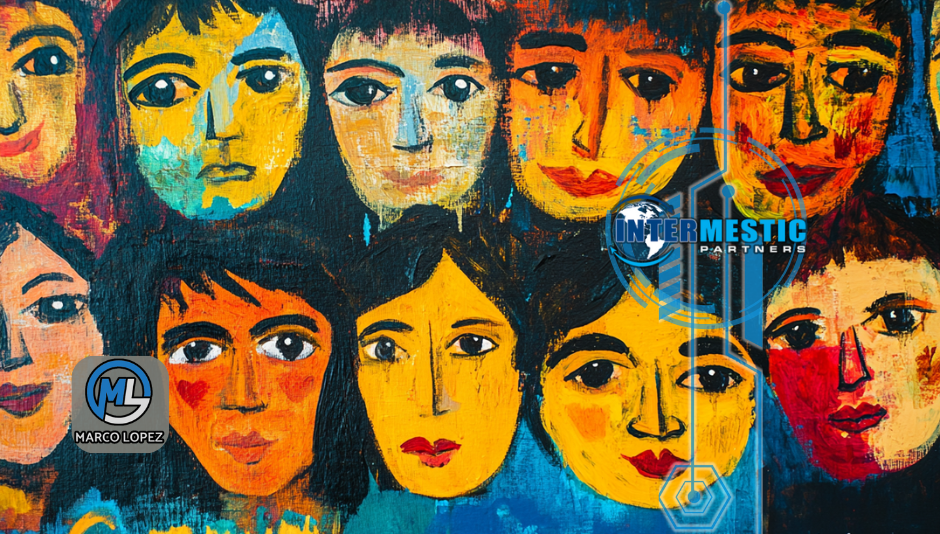Broken Borders, Broken System: Why Immigration Reform Is Critical to U.S. National Security
- Marco Lopez

- Jun 23
- 2 min read

Introduction: The Security Risks of a Broken Immigration System
When we talk about national security, we often picture foreign threats, military readiness, or cybersecurity. But one of the most overlooked vulnerabilities is domestic: America’s broken immigration system.
A fair, efficient immigration process enhances stability, protects borders, and upholds our values. Yet today, delays, dysfunction, and outdated laws are putting both security and justice at risk.
A Century of Shifts: Immigration Policy and Security
The U.S. once welcomed newcomers with open arms, prioritizing growth and labor. But the 20th century ushered in layers of regulation—based on nationality, race, and economic demand. Over time, that led to:
Inconsistent enforcement
Outdated caps on visas
Inefficient systems vulnerable to misuse
Each policy change reverberated through America’s security landscape—from border disputes to visa overstays to undocumented migration surges.
Today’s Immigration System: Overwhelmed and Outdated
What we have now is a fragmented, underfunded, and painfully slow bureaucracy:
Backlogs stretching for years
Policy loopholes exploited by cartels and traffickers
Inadequate asylum infrastructure
These failures aren’t just administrative—they undermine our national security by leaving critical vulnerabilities in enforcement, intelligence coordination, and humanitarian protection.
Technology’s Double-Edged Role
Yes, AI and biometric tools offer smarter enforcement and faster processing. But without proper safeguards, they can:
Infringe on civil liberties
Misidentify applicants
Deepen mistrust in the system
Tech is no silver bullet. It must complement—not replace—smart policy.
The Real Cost: When Immigration Fails, Security Suffers
When a system breaks:
Undocumented entries rise
Enforcement resources get stretched thin
Public trust erodes
According to the Migration Policy Institute, immigration breakdowns can indirectly lead to security risks, economic strain, and diplomatic tension.
What Immigration Reform Should Look Like
Fixing the broken immigration system means more than slogans. It means:
Securing the border with modern tech and coordinated intelligence
Streamlining legal immigration, especially for families and skilled workers
Creating earned paths to citizenship for long-term residents
Eliminating the visa backlog that leaves millions in limbo
Reform doesn’t mean open borders—it means smart, fair, enforceable rules.
The Role of Stakeholders: This Is Everyone’s Problem
Reform can’t fall on Congress alone.
Federal agencies must modernize systems and prioritize security
Advocacy organizations like the ACLU and NILC are essential to protecting rights and shaping humane policy
Citizens and voters must stay informed and pressure leaders for action
When public will aligns with policy, change happens.
Conclusion: Fixing Immigration Is a Security Imperative
This isn’t just a border issue. It’s a national priority. A broken immigration system creates legal chaos, leaves security gaps, and betrays America’s values.
We need bold, bipartisan action. We need compassion guided by strategy. And above all, we need a system that works—for families, for law enforcement, and for the future of this nation.
Let’s fix this. Because the longer we wait, the more we all risk.
.png)




This is a powerful piece highlighting a crucial issue. A secure and fair immigration system truly is vital for national stability. On a lighter note, if you're a fan of American football, check out Las Vegas Jackets for stylish Philadelphia Eagles Jackets and more.